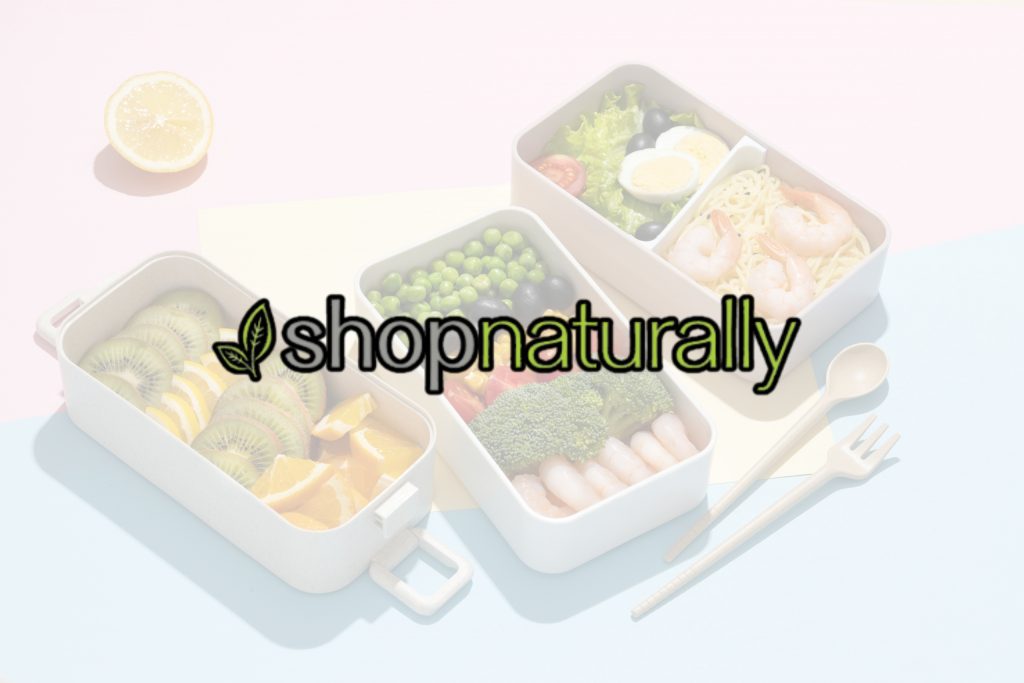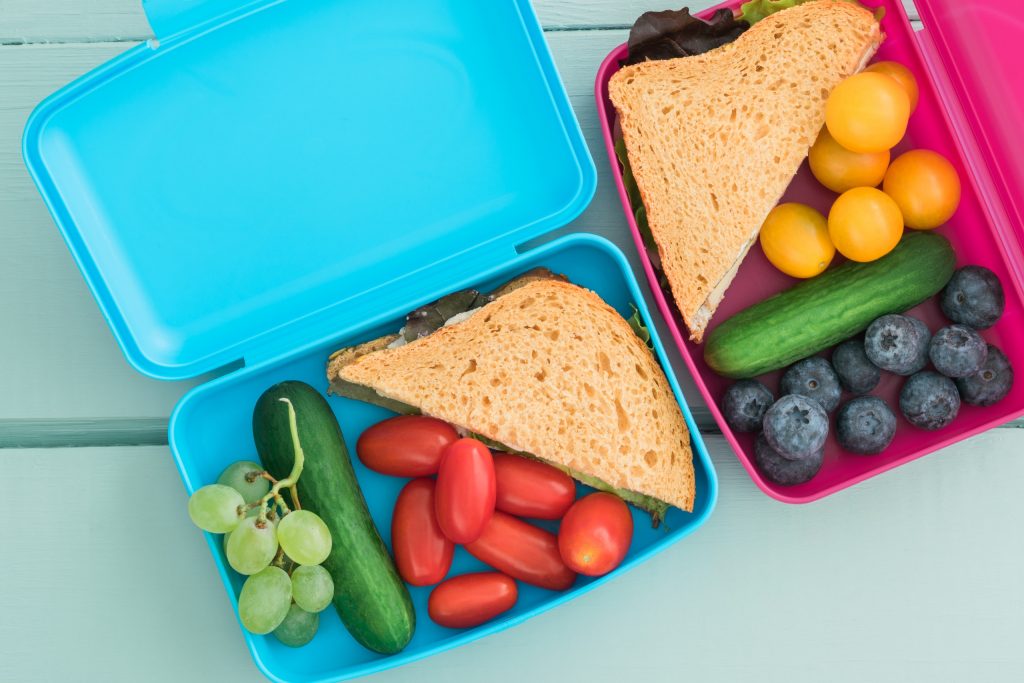
A easy but important job that is often forgotten is bringing lunch to school or work. It is very important for eating well, saving money, and cutting down on waste. When we bring our own food from home, we can choose healthy options because we are in charge of the ingredients and serving sizes. Also, bringing our own lunch keeps us from giving in to the desire of bad fast food and vending machine snacks. It’s good for our physical health and our finances too. It can get expensive to buy lunch every day. Making food at home is a much better way to save money.
Also, packing lunch cuts down on single-use products and food trash, which helps the earth. There are many do-it-yourself (DIY) lunch box tips that can be used to make going to school with lunch easy. Some of these hacks are using reused containers and making meals ahead of time, which makes sure that every day we have healthy, tasty lunches ready to go. Overall, bringing lunch to school is a necessary habit that is good for our health, our wallets, and the environment.
Planning Ahead
Making plans ahead of time is an important part of being successful in both personal and business life. It means imagining what the future will be like, making plans for how to get there, and writing down those plans. People and businesses can prepare for problems, weigh their options, and make smart choices when they plan ahead. Planning ahead not only gives you a sense of direction, but it also makes you more productive, less stressed, and more likely to reach your goals. Planning ahead is a useful skill that can have a big effect on success and happiness, whether you’re making a long-term job plan, a smart business plan, or a list of things you need to do each day.
Create a Weekly Meal Plan
Making a meal plan for the week can help you in many ways, especially when it comes to making lunches. When you plan your meals ahead of time, you save time, feel less stressed, and make sure you eat a healthy diet.
One of the best things about planning your meals is that it saves you time. You can save valuable time every morning that you would have spent choosing what to pack for lunch if you know exactly what you will be eating all week. By taking a ready-made meal from the fridge, you can quickly leave the house and get about your business.
Planning meals not only saves time but also makes you feel less stressed. You won’t have to worry about what to cook or eat all the time if you know what meals you have planned for the week. People who don’t have many lunch choices may benefit the most from this because a meal plan makes sure that you always have a healthy, filling packed lunch on hand.
For better health and well-being all around, you need to make a healthy meal plan. You can make sure that your meals have all the nutrients they need by including foods from different food groups, like whole grains, fruits, veggies, and meats. At least one meal should have a protein source, like chicken, fish, tofu, or veggies. Whole grains, like brown rice or whole wheat bread, are a good way to get fiber. Don’t forget to eat fruits and veggies. They are full of minerals and vitamins that your body needs.
Prep Ingredients in Advance
A great way to save time in the kitchen is to prepare the food ahead of time. By doing this, you can speed up the cooking process and have food ready in much less time. Here are some ideas for getting things ready ahead of time.
First, make a list of everything you need for your recipes. This includes cutting up veggies, putting together spice mixes, and preparing meats. If you have everything ready to go, you won’t have to waste time looking for things or stopping to chop onions in the middle of cooking.
Next, think about cooking in bulk and freezing food to save time. You can save time and have meals ready to go whenever you need them. Make a lot of soups, stews, or casseroles at once, then divide them up into serving sizes and freeze them. This way, all you have to do for a quick meal is heat it up again.
You can also make things ahead of time, like sauces or dressings, and keep them in the fridge. Don’t have to make these from scratch every time. This will save you time when making meals.
Finally, buy good storage containers or freezer bags to keep the items you’ve already prepared fresh. To avoid misunderstanding, clearly mark everything with the date and what’s inside.
You can save time and stress in the kitchen while still making delicious home-cooked meals by preparing items ahead of time and cooking in large batches or freezing them.
Choosing the Right Lunch Box
There are a few things you should think about when picking out the right lunch box. A lunch box is more than just a place to put your food; it’s an important tool for keeping your meals fresh, organized, and simple to take.
Bento Boxes vs Traditional Lunch Boxes
Both bento boxes and regular lunch boxes can be used to carry food so that it is easy to eat away from home. However, each choice has its own pros and cons that can help you choose the best one for your needs.
One of the good things about bento boxes is that they are small and have separate sections. They often have separate areas that let you pack different kinds of food without worrying about mixing the tastes. So, they’re a great choice for people who like to watch their portions and eat well-balanced meals.
The size and form of a traditional lunch box, on the other hand, are more adaptable. They come in different styles and can hold bigger food containers or even thermos flasks. Because of this, they are perfect for people who need bigger amounts or want to keep their food warm for a long time.
When picking between a bento box and a regular lunch box, you should think about how you normally eat, how much food you need, and the kind of food you usually pack. If you like variety and want to control how much you eat, a bento box might be better. A standard lunch box might be better for you if you want bigger amounts or need to keep your food fresh.
At the end of the day, the choice depends on the user’s wants and personal preferences. No matter what you pick, make sure it’s useful, easy to clean, and works with your lunchtime routine.
Insulated Lunch Boxes and Ice Packs
To avoid getting sick from food, it’s important to keep it at safe temperatures. The temperature range from 40°F to 140°F is called the “danger zone” because it is where bacteria can grow quickly. To keep your food safe and fresh, you should buy an insulated lunch box and know how to use ice packs properly.
If you want an insulated lunch box, pick one that is made of good materials and will keep your food warm. To keep food from getting too hot or too cold, look for lunch boxes with thick layers of padding and airtight seals. You should also pick a lunch box with separate sections for different types of food to keep them from getting mixed up.
To keep food safe, you must know how to use ice packs correctly. First, choose ice packs that can be used more than once and are made with non-toxic gel or ice alternatives. To make sure they are fully frozen, put them in the freezer overnight. Put the ice packs in the covered lunch box before you pack your lunch. Put them on top and bottom of the lunch box in a planned way to spread the coldness out evenly.
Think about how long you want your lunch to stay cold. Smaller ice packs might be enough if you plan to eat in a few hours. For longer amounts of time, though, you might need bigger ice packs or more than one. To keep the food at a safe and stable temperature, make sure the ice packs cover the food completely.
Last but not least, keep your covered lunch box somewhere cool, not in full sunlight or a hot area. To keep the temperature stable, don’t open the lunch box too often.
If you buy a good insulated lunch box and know how to use ice packs correctly, you can keep your food at safe temperatures and lower the risk of getting sick from food. Putting food safety first means you can eat without worrying about your health.
DIY Lunch Box Hacks
Putting together lunch boxes can be a boring and time-consuming job, especially if you don’t have many of the items you need on hand. You can make tasty, healthy, and visually appealing meals for your lunch box with little to no work thanks to do-it-yourself lunch box hacks. These hacks will not only save you time but also make your lunch box more interesting and fun. They include creative sandwich fillings and easy snacks you can make ahead of time. You should try these do-it-yourself lunch box hacks whether you are a student, a worker, or a parent who needs to pack a lunch for their kid.
Reusable Containers and Dividers
There are many good reasons to use reused containers and dividers to keep food separate and fresh. To begin, these cases and dividers are better for the environment than single-use plastic bags and boxes. We can cut down on the amount of plastic trash that ends up in dumps and the oceans by using these choices that can be used again and again. They also reduce the amount of single-use packaging that is used, which helps protect natural resources.
Also, tubs and dividers that can be used more than once help keep food fresh. They keep different things separate to keep them from getting contaminated and to keep each item fresh. Putting dividers in lunch boxes, for instance, keeps fruit or sandwich juices from getting into other foods and making them soggy. This not only makes food better, but it also gets rid of the need for extra wrapping like foils or plastic wrap.
In addition, reused containers are strong and last a long time, which saves you money in the long run. These containers can be used more than once, which saves money and cuts down on waste compared to throwaway choices that need to be bought all the time. In addition, their flexibility makes them easy to store and organize, which speeds up planning and making meals.
People can use different things as dividers in their lunch boxes instead of buying special cases and separators. For example, you can keep dips and sauces separate from other items in small Tupperware or glass jars. Cake or muffin pans made of silicone can be used to keep snacks or veggies separate. Also, containers that look like bento boxes and have built-in dividers are a handy way to pack different kinds of food without mixing them.
Mason Jar Salads and Overnight Oats
Mason jars are a popular choice for people who like to prepare meals ahead of time because they are easy to use and can hold many things. One creative way to utilize these jars is by layering ingredients to create easy-to-make salads or overnight oats.
To assemble a mason jar salad, start with the dressing at the bottom of the jar. This prevents the ingredients from getting soggy. Next, add hard vegetables like carrots, cucumbers, or bell peppers, followed by softer ingredients like tomatoes or avocados. Then, add grains or proteins such as quinoa, chickpeas, or grilled chicken. Lastly, add leafy greens on top. When it’s time to eat, simply shake the jar to distribute the dressing and enjoy a delicious and fresh salad.
For overnight oats, start by adding oats as the base ingredient. Then, layer your favorite fruits like berries, bananas, or apples on top. You can also add nuts, seeds, or sweeteners like honey or maple syrup for extra flavor. Finish by pouring milk or yogurt over the layers, making sure to cover all the ingredients. Leave it in the fridge overnight, and in the morning, you’ll have a ready-to-eat, nutritious breakfast.
Using mason jars for meal prep offers several benefits. Firstly, the jars are portable, making it easy to take your meal on the go. They are also transparent, allowing you to see the colorful layers of your salad or oats. Additionally, the jars are reusable and environmentally friendly.
When it comes to recipe ideas, the possibilities are endless. For salads, consider a Greek salad with feta cheese and olives, or a Mexican-inspired salad with corn, black beans, and salsa. As for overnight oats, try combinations like peanut butter and chocolate chips, or mixed berries and almond butter.
Mini Snack Packs and Portion Control
Portion control plays a crucial role in maintaining a healthy diet, and this extends to packed lunches as well. Mini snack packs are an excellent way to practice portion control and prevent overeating. These pre-portioned snacks are not only convenient but also help in managing calorie intake.
Creating mini snack packs is a simple process that requires a little planning. Start by choosing a variety of nutritious snacks such as nuts, dried fruits, whole-grain crackers, or even fresh fruits and vegetables. Then, carefully measure out appropriate serving sizes for each snack and individually pack them into small ziplock bags or reusable containers. This way, you can ensure that you have a balanced combination of carbohydrates, proteins, and healthy fats, without going overboard on portion sizes.
Mini snack packs offer multiple advantages, especially for those who tend to eat mindlessly or have a habit of snacking on unhealthy foods. By pre-portioning your snacks, you become more conscious of how much you are eating and can reduce the risk of overindulging. These snack packs also come in handy when you are on the go, as they are portable and can be easily included in your packed lunch or taken to school or work.
Remember, the key to portion control is moderation. By incorporating mini snack packs into your daily routine, you can enjoy your favorite snacks while staying in control of your calorie intake. So, take a little time each week to prepare these mini snack packs and experience the benefits of portion control in maintaining a healthier and balanced diet.

Conclusion
In conclusion, packing lunches for school or work can be made much easier with a little bit of planning and some DIY lunch box hacks. By creating a weekly meal plan, prepping ingredients in advance, and choosing the right lunch box, you can streamline the process and ensure that you have nutritious and delicious meals ready to go. Reusable containers and dividers, mason jar salads and overnight oats, and mini snack packs for portion control are just a few of the DIY lunch box hacks that can make packing meals easier and more enjoyable. With these tips and tricks, you’ll be able to pack lunches that are not only convenient, but also tasty and satisfying. So get creative and start incorporating these hacks into your meal prep routine for a stress-free and delicious lunchtime experience.







